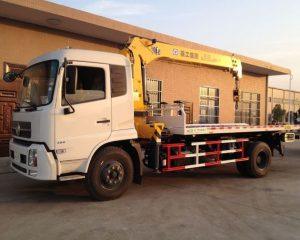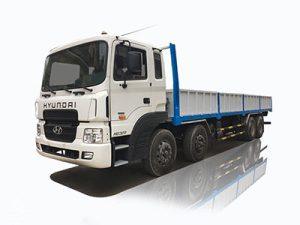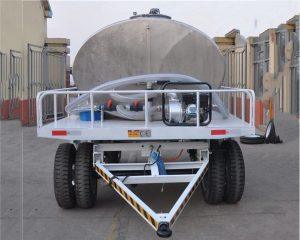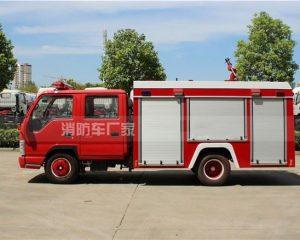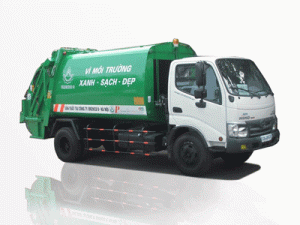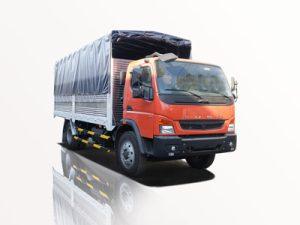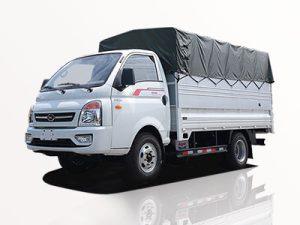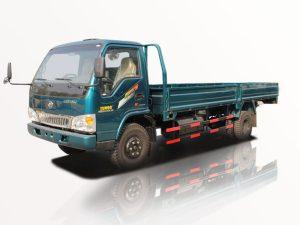Monday to Saturday - 8:00 -17:30
Understanding the 20 Wheeler Truck: A Comprehensive Guide
The 20 wheeler truck, also known as a 20-wheeler or multi-axle truck, is a vital component of the transportation and logistics industry. These trucks are designed to handle heavy loads and provide superior stability, making them ideal for long-distance cargo transportation. In this comprehensive article, we will explore various aspects of the 20 wheeler truck, including its specifications, benefits, types, operational tips, and much more.
Introduction to 20 Wheeler Trucks
20 wheeler trucks are typically used for transporting large volumes of goods across great distances. With multiple axles that distribute the weight of the cargo, these trucks can carry loads that standard trucks cannot. Understanding the specifications, applications, and operation of 20 wheeler trucks is crucial for individuals and businesses involved in logistics and transportation.
1. What is a 20 Wheeler Truck?
A 20 wheeler truck is a heavy-duty vehicle equipped with a total of 20 wheels, comprising multiple axles that contribute to its load-bearing capacity. These trucks are often used for various applications, including freight transportation, construction, and heavy equipment transport. The configuration of wheels allows for better weight distribution, improved traction, and enhanced stability on the road.
2. Key Specifications of 20 Wheeler Trucks
2.1 Dimensions
20 wheeler trucks come in various sizes and designs, but they typically range in length from 40 to 60 feet, depending on the truck’s configuration. The overall height and width can vary based on the manufacturer’s design and local regulations.
2.2 Weight Capacity
One of the primary advantages of 20 wheeler trucks is their significant weight capacity. They can carry loads ranging from 30,000 to 80,000 pounds, depending on the configuration and type of axles used.
2.3 Engine Specifications
Most 20 wheeler trucks feature powerful engines, typically ranging from 300 to 600 horsepower. This ensures that they can handle heavy loads while maintaining speed and efficiency.
3. Types of 20 Wheeler Trucks
3.1 Flatbed Trucks
Flatbed trucks have a flat, open platform that allows for easy loading and unloading of cargo. They are ideal for carrying heavy equipment, construction materials, and oversized goods.
3.2 Dry Cargo Trucks
These trucks are enclosed to protect the cargo from weather elements. They are commonly used for transporting goods like electronics, textiles, and packaged products.
3.3 Refrigerated Trucks
Refrigerated or ‘reefer’ trucks come equipped with temperature control systems. They are essential for transporting perishable goods such as fruits, vegetables, and pharmaceuticals.
4. Benefits of Using 20 Wheeler Trucks
4.1 Enhanced Load Capacity
20 wheeler trucks can carry significantly heavier loads compared to standard trucks, making them ideal for bulk transportation.
4.2 Improved Stability
The multiple axles provide greater stability, reducing the chances of accidents, especially when navigating sharp turns or uneven terrains.
4.3 Cost-Effectiveness
Using a 20 wheeler truck can lead to lower shipping costs per ton, as they can transport more goods in a single trip compared to smaller vehicles.
5. Operational Tips for Driving a 20 Wheeler Truck
5.1 Safety First
Always prioritize safety by wearing seatbelts, adhering to speed limits, and conducting pre-trip inspections.
5.2 Understanding Maneuverability
Due to their size, 20 wheeler trucks require more space to maneuver. Be aware of your surroundings, especially in tight situations.
5.3 Regular Maintenance
Frequent maintenance checks on brakes, tires, and engine systems are essential to ensure safe operations and avoid breakdowns.
6. Regulatory Requirements for 20 Wheeler Trucks
6.1 Licensing
Drivers must possess a Commercial Driver’s License (CDL) to operate 20 wheeler trucks. Various endorsements may also be required based on the cargo being transported.
6.2 Weight Limits
Be aware of federal and state regulations regarding weight limits, as exceeding these may result in hefty fines or penalties.
6.3 Equipment Standards
Ensure that the truck meets all safety and emissions standards set by regulatory bodies to stay compliant and avoid legal issues.
7. Maintenance Practices for 20 Wheeler Trucks
7.1 Regular Inspections
Conduct thorough inspections before and after trips to check for any signs of wear and tear on tires, brakes, and lights.
7.2 Tire Care
Check the tire pressure regularly and ensure proper alignment to extend the life of the tires and improve fuel efficiency.
7.3 Engine Maintenance
Follow a regular schedule for oil changes and filter replacements to maintain engine health and performance.
8. Real-Life Examples of 20 Wheeler Truck Usage
8.1 Freight Transportation
Companies often utilize 20 wheeler trucks to transport freight across states. For instance, a logistics company may use a 20 wheeler flatbed to haul steel beams to a construction site.
8.2 Distribution of Consumer Goods
Retailers frequently employ 20 wheeler dry cargo trucks to distribute products to stores. A 20 wheeler truck carrying packaged food items can deliver to multiple stores in one trip.
8.3 Construction Projects
In construction, 20 wheeler trucks are used to transport materials such as concrete, lumber, and heavy machinery to building sites.
9. Future of 20 Wheeler Trucks in the Logistics Industry
9.1 Technological Advancements
The logistics industry is increasingly incorporating technology into operations. Features such as GPS tracking, automatic braking systems, and telematics improve the efficiency and safety of 20 wheeler trucks.
9.2 Sustainability Trends
As environmental concerns grow, more trucking companies are looking to adopt eco-friendly practices and vehicles, including electric or hybrid 20 wheeler trucks.
9.3 E-Commerce Impact
The rise of e-commerce has led to increased demand for efficient freight transportation, creating opportunities for 20 wheeler trucks to remain relevant in the industry.
10. Frequently Asked Questions about 20 Wheeler Trucks
10.1 What is the average fuel efficiency of a 20 wheeler truck?
The average fuel efficiency of a 20 wheeler truck ranges from 6 to 8 miles per gallon, depending on the load and driving conditions.
10.2 How much weight can a 20 wheeler truck legally carry?
A 20 wheeler truck can legally carry a maximum weight of up to 80,000 pounds on public roads in the United States.
10.3 What type of license do I need to drive a 20 wheeler truck?
To drive a 20 wheeler truck, you need to obtain a Commercial Driver’s License (CDL), which requires passing written and skills tests.
10.4 How often should 20 wheeler trucks be serviced?
Regular servicing should be conducted every 10,000 to 15,000 miles, along with pre-trip inspections to ensure safety.
10.5 What are the best practices for loading a 20 wheeler truck?
To ensure safe loading, distribute the weight evenly, secure all cargo properly, and make sure that the total weight does not exceed legal limits.
10.6 Are there restrictions on where 20 wheeler trucks can operate?
Yes, there may be restrictions based on local laws and regulations that prohibit large trucks from certain roads and areas, especially in urban settings.


